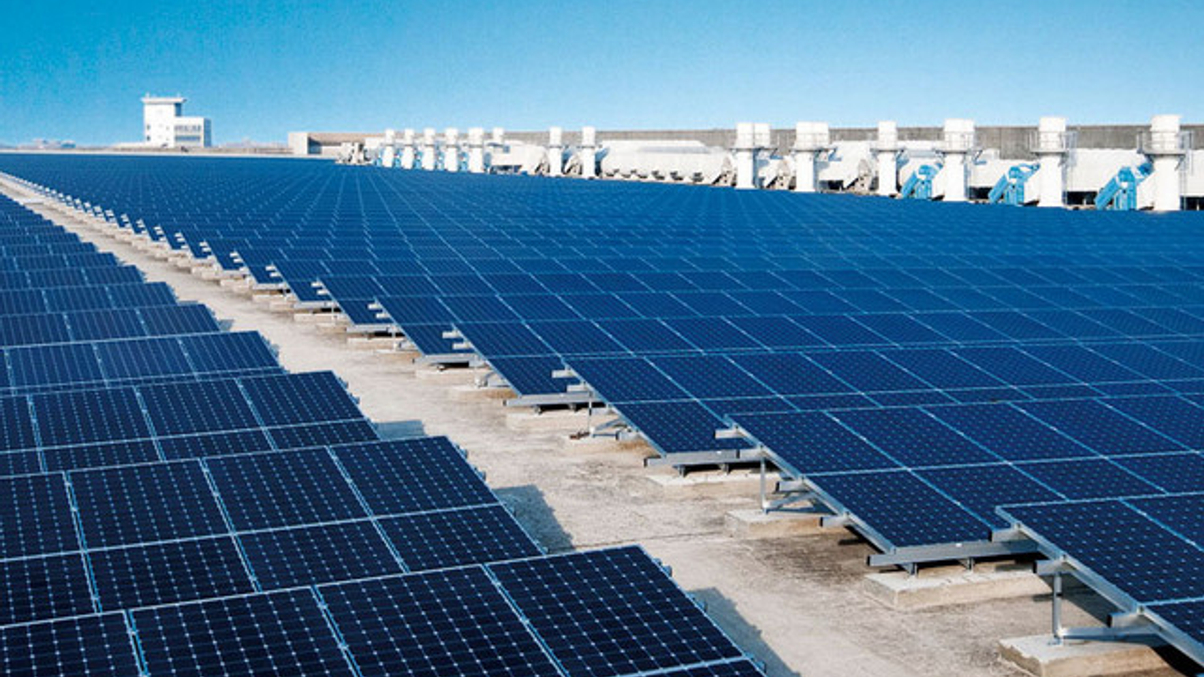Partners Group focusing on renewables in Asia
The $55 billion Swiss private market manager's co-head of infrastructure explains its approach to renewable energy, why the firm is keen on India and why it invests in other GPs.

AsianInvestor spoke to Brandon Prater, co-head of infrastructure at Partners Group, about how the private markets manager invests in infrastructure in emerging markets and Asia in particular. The Swiss firm, with $55 billion under management, tends to focus on renewable energy in the region, notes Prater, who also explains why Partners is so bullish on India.
Sign in to read on!
Registered users get 2 free articles in 30 days.
Subscribers have full unlimited access to AsianInvestor
Not signed up? New users get 2 free articles per month, plus a 7-day unlimited free trial.
¬ Haymarket Media Limited. All rights reserved.


